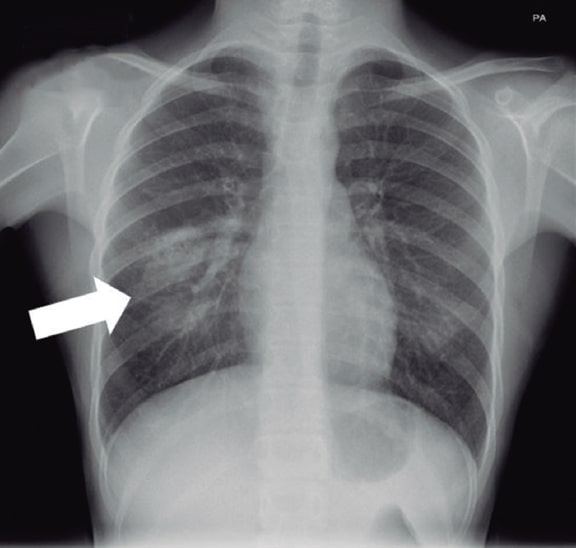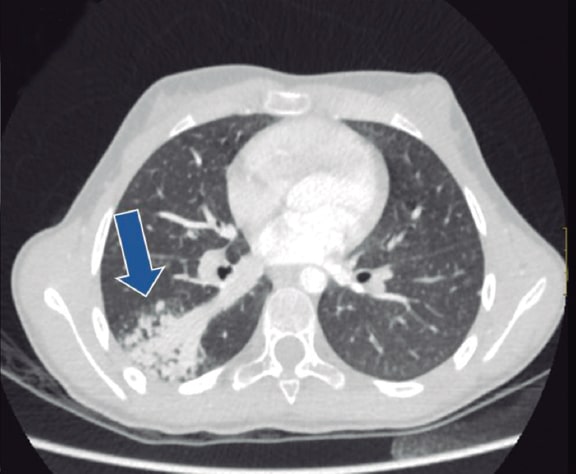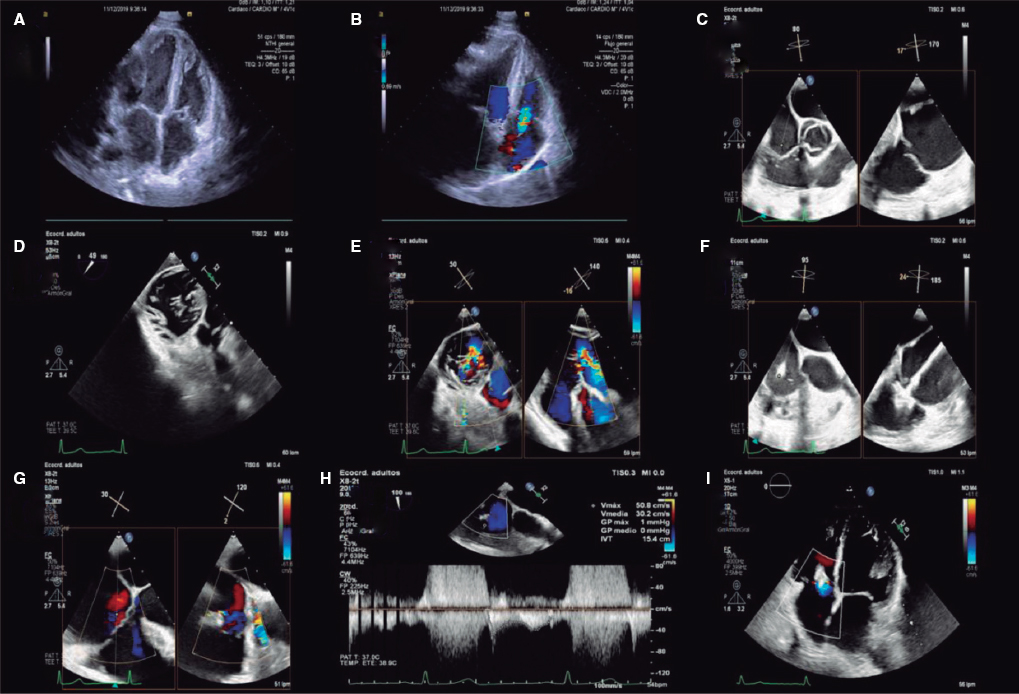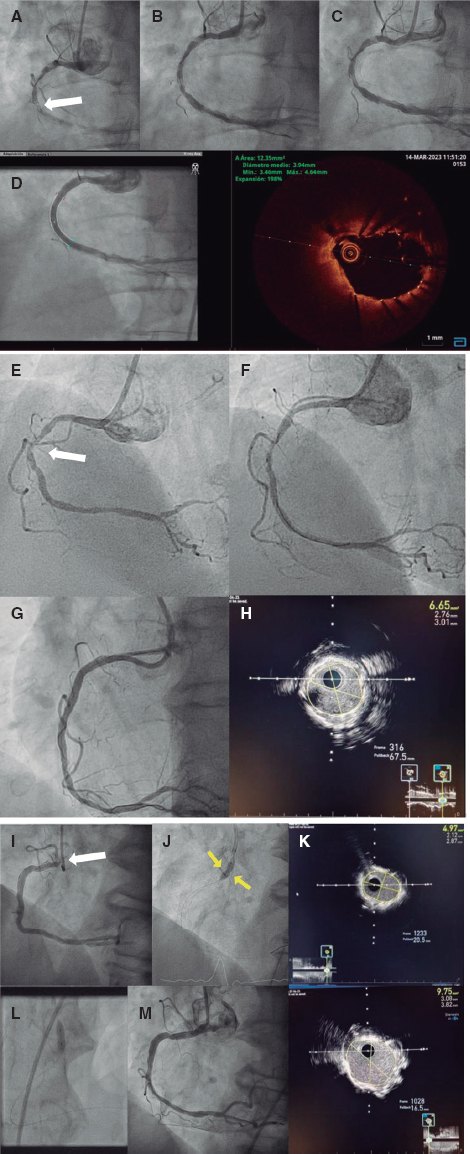CASE PRESENTATION
Among other causes, arteriovenous malformations (AVMs) can be congenital and associated with Rendu-Osler-Weber disease. It is a conglomerate of anomalous vessels of variable size and number characterized by the lack of an intermediate normal capillary network between the arterial and the venous circuits. Its prevalence is of approximately 1 AVM for every 2600 individuals, and it is a significant cause of morbidity and mortality. The percutaneous closure of AVMs is the standard of care established. However, there is a significant rate of recanalization of AVMs at the long-term follow-up due to the recanalization of the main occluded vessel and the formation of collateral circulation towards the vascular tangle. A few articles already published support sequential embolization to reduce the risk of the latter.
This article describes the percutaneous closure of 1 AMV in a pediatric patient using a technique of sequential embolization through rotational angiography, 3D analysis, and roadmapping (technique based on merging the 3D reconstruction acquired through rotational angiography and x-ray images in such a way that reconstruction acts as a «map» or «flight plan» during the procedure). In our opinion this experience is very interesting because, as far as we know, its use has not been described regarding the closure of pulmonary AVMs in the pediatric age (only regarding the closure of cerebral AVMs in the adult population).
This is the case of a 10-year-old girl with a familial history of Rendu-Osler-Weber disease. She was examined in a pediatric office in her hometown of Santiago de Compostela, Spain due to cyanosis, polyglobulia, and baseline oxygen saturation levels of 85%. The patient remained asymptomatic. The echocardiogram revealed no intracardiac disorders. However, due to the patient’s past medical history, a thoracic x-ray and a thoracic computed tomography scan were performed. Both revealed an image compatible with an AVM (figure 1, and figure 2). An easy way to achieve the diagnosis of suspected shunt would be to perform an echo bubble study where the passage of these to the left chambers of the heart would occur from the third cardiac cycle (late compared to the intracardiac shunt). The study was completed at our center with a rotational angiography that revealed the presence of a high output pulmonary AVM with 3 afferent arterial vessels, and a 12 mm pulmonary venous drainage (video 1 of the supplementary data).

Figure 1. Pulmonary arteriovenous malformation seen on the x-ray (arrow).

Figure 2. Pulmonary arteriovenous malformation seen on the thoracic computed tomography scan (arrow).
The patient’s family signed the written informed consent authorizing the use of the girl’s personal data for this article.
FUNDING
All authors declared that no funding of any sort was received to publish this manuscript.
AUTHORS’ CONTRIBUTIONS
I. Martínez Bendayan, J. Salgado Fernández, and F. Rueda Núñez all contributed to the processes of image selection, image acquisition from the rotational angiography, and technical specifications on how to perform the procedure. D. López Vázquez, A. Varela Cancelo, and M. Quintas Guzmán all drafted and prepared this manuscript.
CONFLICTS OF INTEREST
None whatsoever.
SUPPLEMENTARY DATA
Vídeo 1. López Vázquez D. DOI: 10.24875/RECICE.M21000265
* Corresponding author: As Xubias 84, 15006 A Coruña, Spain. (D. López Vázquez).
E-mail address: Domingo.Jose.Lopez.Vazquez@sergas.es (D. López Vázquez).













